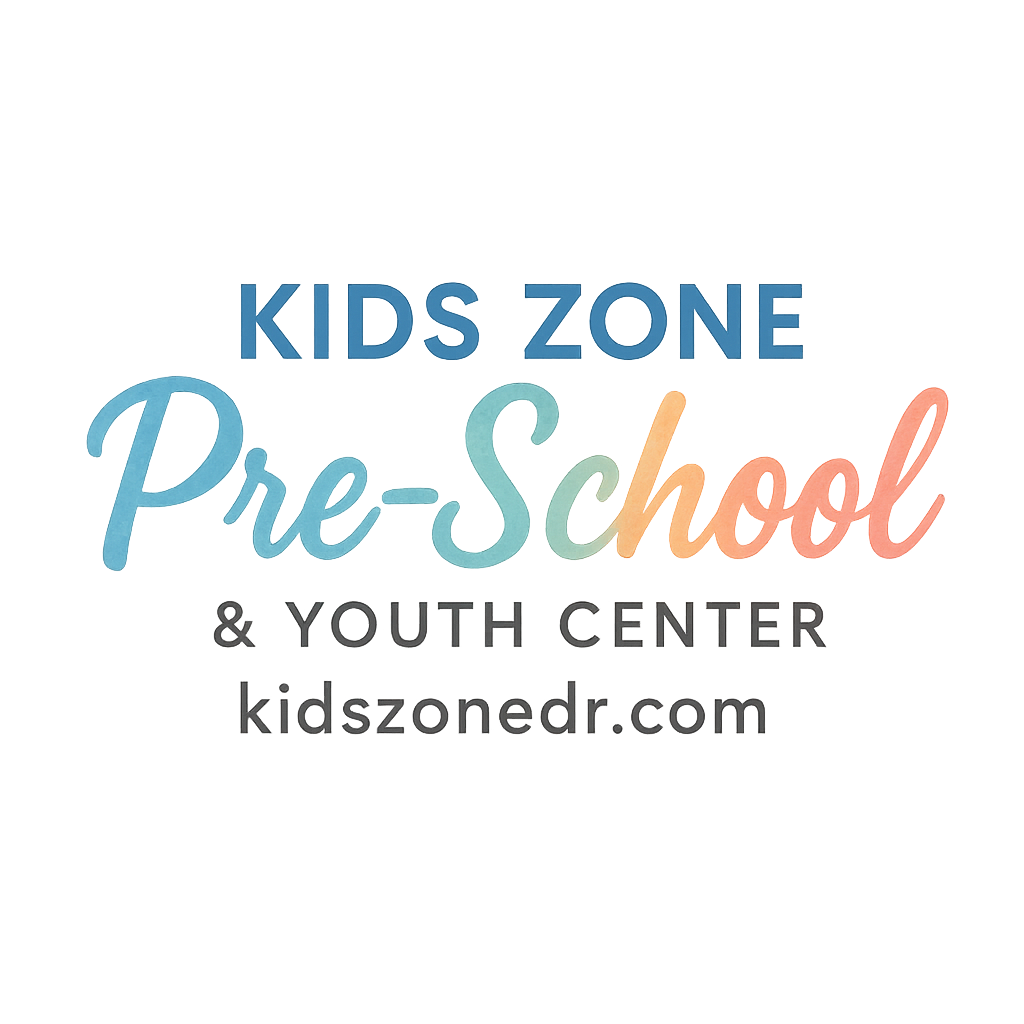Introduction: Why Balance Games Matter in Early Childhood
Have you ever noticed how preschoolers are always on the move—jumping, climbing, or pretending to be animals? That endless energy isn’t just about fun; it’s a crucial part of their development. Balance games are a fun way to help little ones grow physically, socially, and emotionally while keeping them entertained. In fact, balance activities play a major role in shaping a child’s ability to move confidently and stay active in both preschool and youth center environments.
In this guide, we’ll explore seven balance games perfect for preschoolers, their benefits, and how parents, teachers, and caregivers can incorporate them into daily routines.
Understanding Balance Development in Preschoolers
The Role of Balance in Motor Skills
Balance is like the foundation of a house. Without it, all the other motor skills—running, hopping, skipping—would crumble. For preschoolers, practicing balance means they’re strengthening muscles, improving coordination, and learning how to move with control.
Benefits of Balance Activities for Kids
Balance activities don’t just build physical strength. They also:
- Improve posture and body awareness.
- Enhance focus and concentration.
- Boost self-confidence when they master new movements.
- Support overall health and wellness.
How Balance Games Support Preschool Learning
Social and Emotional Growth Through Play
Balance games encourage teamwork, patience, and empathy. When kids cheer for their friends or wait for their turn on the balance beam, they’re practicing vital social skills.
Physical Fitness and Coordination
These games develop endurance, flexibility, and strength. By adding variety to their daily routines, balance play helps kids stay fit while having fun.
Cognitive Skills and Problem-Solving
Surprisingly, balance games also sharpen thinking. Whether it’s figuring out how to stay steady during a yoga pose or how to cross stepping stones, kids are problem-solving in action.
Setting the Stage for Balance Games
Creating a Safe Environment
Before jumping into games, safety is key. A clear space with soft mats or grass works best. Teachers and caregivers should always supervise to ensure kids stay safe while exploring new challenges.
Choosing the Right Preschool Equipment
From balance beams and stepping stones to simple masking tape on the floor, equipment doesn’t have to be fancy. What matters is making sure it’s child-friendly, durable, and fun.
7 Preschool & Youth Center Balance Games for Preschoolers
1. Walking the Line
How to Play
Use masking tape or chalk to draw a straight line on the floor. Ask the kids to walk heel-to-toe along the line. For an extra challenge, try backward walking or carrying a beanbag on their head.
Skills Developed
- Concentration and focus
- Core strength
- Balance and coordination
2. Animal Walks
How to Play
Invite preschoolers to move like animals—hop like frogs, waddle like penguins, or crawl like bears. Add balance challenges like walking sideways or standing still in their animal pose.
Skills Developed
- Imagination and creativity
- Gross motor coordination
- Social play and group participation
3. Balance Beam Adventures
How to Play
Set up a low balance beam or a line of wooden planks. Kids can walk across, crawl, or even try hopping. Add fun obstacles like cones to make it adventurous.
Skills Developed
- Confidence in movement
- Improved balance and posture
- Problem-solving skills
4. Freeze Dance Balance
How to Play
Turn on lively music and let kids dance freely. When the music stops, shout out a balance challenge: “Stand on one foot!” or “Freeze like a tree!”
Skills Developed
- Listening and focus
- Self-control
- Dynamic balance
5. Yoga Poses for Kids
How to Play
Introduce simple yoga poses like tree pose, airplane, or downward dog. Keep it playful by naming the poses after things kids love, like “superhero pose.”
Skills Developed
- Flexibility and body awareness
- Calmness and mindfulness
- Strength and stability

6. Stepping Stone Challenge
How to Play
Lay down foam pads, paper plates, or rubber stepping stones. Kids must step across without touching the “lava” floor. Adjust the distance to increase the challenge.
Skills Developed
- Coordination and agility
- Problem-solving
- Teamwork if played in groups
7. Balloon Balance
How to Play
Give each child a balloon and ask them to keep it in the air while balancing on one foot or standing on a low beam.
Skills Developed
- Hand-eye coordination
- Balance under movement
- Patience and persistence
Tips for Teachers and Parents When Playing Balance Games
Encouraging Participation
Not every child jumps into games right away. Offer gentle encouragement and celebrate small wins. Remember, confidence grows one step at a time.
Making Games Inclusive
Balance games should welcome all children, regardless of skill level. Adjust the difficulty so everyone can join and feel successful.
Balancing Fun with Safety
Keep supervision tight, especially with equipment like beams. Clear rules and gentle reminders make the experience both safe and enjoyable.
Integrating Balance Games into Daily Preschool Routines
Morning Warm-Up Sessions
Start the day with short balance activities like walking the line or yoga stretches. This helps children wake up their bodies and minds.
Indoor vs. Outdoor Balance Play
Balance games can adapt to both settings. Indoors, try yoga or line walking. Outdoors, bring out beams, stepping stones, or animal walks.
Linking Balance Games with Learning Themes
Make games educational! During animal walks, teach about habitats. With balloon balance, talk about air and movement. Kids learn while playing.
Long-Term Benefits of Balance Games for Preschoolers
Building Confidence
Mastering balance games gives kids a huge self-esteem boost. Each success feels like a mini victory.
Supporting Healthy Growth
Balance play helps with posture, muscle strength, and flexibility—key parts of overall kids’ development.
Preparing Kids for Future Learning
Balance games lay the groundwork for sports, dance, and even sitting in a classroom with focus and stability.
Conclusion
Balance games are more than just fun—they’re building blocks for healthy growth, social skills, and lifelong learning. From walking the line to yoga poses, each game teaches kids how to control their bodies, think critically, and interact with others.
For parents and teachers, these activities are easy to set up, safe, and endlessly adaptable. By weaving balance games into preschool routines, you’re not only entertaining kids—you’re shaping confident, capable learners for the future.
If you want to dive deeper into preschool activities, check out guides on choosing the right preschool, daily routines and activities, and preschool learning development. You’ll also find valuable insights on health and safety in preschool and parental involvement.
FAQs
1. How often should preschoolers play balance games?
Ideally, at least 10–15 minutes daily. Short, consistent practice works best.
2. Are balance games safe for all preschoolers?
Yes, as long as they’re supervised and activities are age-appropriate.
3. Can balance games help with attention span?
Absolutely! Many games require focus, which helps kids develop concentration skills.
4. What equipment do I need for balance games?
Simple items like tape, balloons, or mats are enough. No need for expensive gear.
5. Can parents play these games at home?
Of course! Many games, like balloon balance or yoga, are perfect for family fun.
6. Do balance games improve social skills?
Yes, group games encourage teamwork, patience, and cheering for peers.
7. What’s the best balance game for beginners?
Walking the line is simple, safe, and a perfect starting point.


